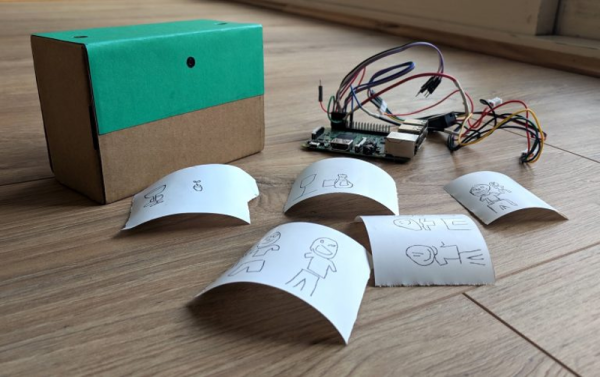Manufacturers dye all sorts of 3D printer filaments on their factory lines; why can’t we? [Richard] takes this idea one step further by creating his own custom multicolored reels of nylon. Printing with these reels produces a vibrant pattern that simply demands our attention and begs us to ask: how on earth..?
[Richard’s] tie-dye adventure is cleanly documented on the blog. He simply spools a reel of nylon together and dyes subsections of the spool with a different color. With the filament “paletted” to taste, parts pop of the printer with an eye-catching rib pattern of color.
It’s worth mentioning that nylon is extremely hygroscopic, and dyeing filament in a bath full of colored liquid is sure to get it full of moisture. Then again, nylon’s capacity to absorb water might be why it dyes so well. Nevertheless, filament must be oven-dried (or equivalent) for a successful print. Post-drying, [Richard] doesn’t seem to be having any printing problems, and the results speak for themselves.
3D printers might be frequent fliers on these pages, but we still love seeing small modifications that enhance the visual appeal. What’s more, this trick delivers spectacular results with no modifications to the printer itself. Then again, if this job sounds like just too much work for you, we’d suggest using a sharpie.


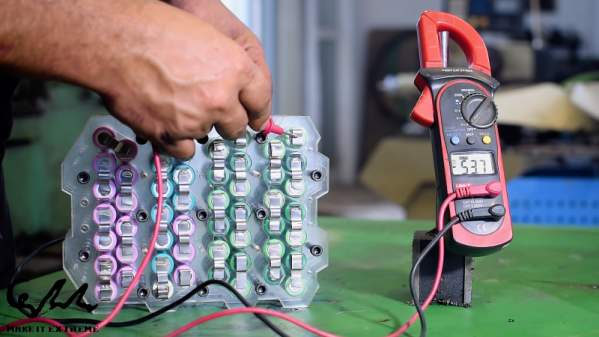
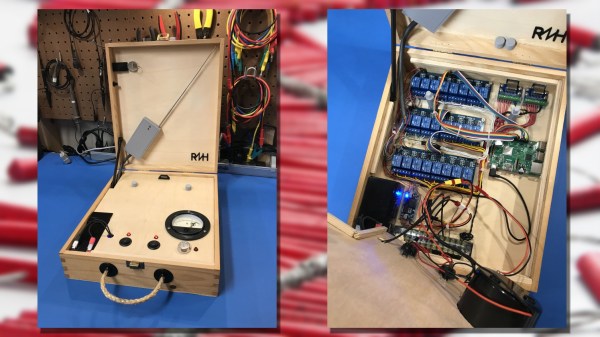
 [netmagi] claims his yearly display is a modest affair, but this controller can address 24 channels, which would be a pretty big show in any neighborhood. Living inside an old wine box is a Raspberry Pi 3B+ and three 8-channel relay boards. Half of the relays are connected directly to breakouts on the end of a long wire that connect to the electric matches used to trigger the fireworks, while the rest of the contacts are connected to a wireless controller. The front panel sports a key switch for safety and a retro analog meter for keeping tabs on the sealed lead-acid battery that powers everything. [netmagi] even set the Pi up with WiFi so he can trigger the show from his phone, letting him watch the wonder unfold overhead. A few test shots are shown in the video below.
[netmagi] claims his yearly display is a modest affair, but this controller can address 24 channels, which would be a pretty big show in any neighborhood. Living inside an old wine box is a Raspberry Pi 3B+ and three 8-channel relay boards. Half of the relays are connected directly to breakouts on the end of a long wire that connect to the electric matches used to trigger the fireworks, while the rest of the contacts are connected to a wireless controller. The front panel sports a key switch for safety and a retro analog meter for keeping tabs on the sealed lead-acid battery that powers everything. [netmagi] even set the Pi up with WiFi so he can trigger the show from his phone, letting him watch the wonder unfold overhead. A few test shots are shown in the video below.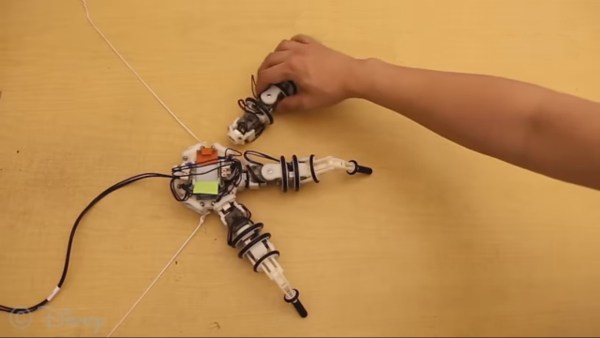
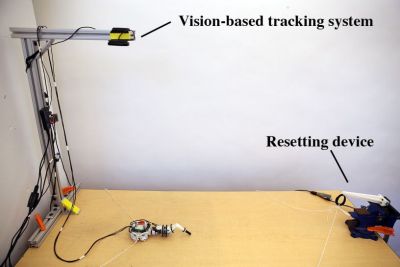 In this age of
In this age of 




